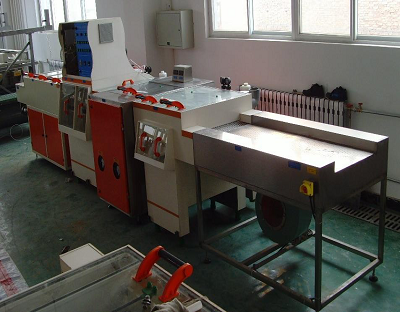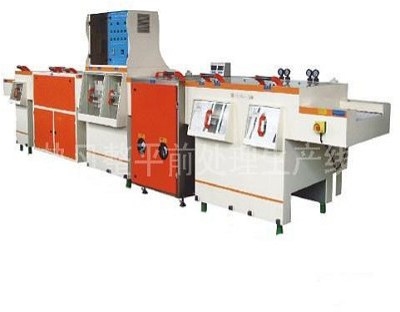The surface treatment of PCB striking board includes OSP, gold precipitation, bare copper, Hard zinc plating, and the most common HASL.
HASL can be divided into lead-free HASL and lead HASL. These surface treatments can be done by deep sub electrons.
First, let’s learn about HASL:
Hot air solder leveling is a step and process flow in the production process of PCB. Specifically, immerse the PCB into the molten solder pool, so that all exposed copper surfaces will be covered by solder, and then remove the excess solder on the PCB through a hot-air cutter [2]. Because the surface of the circuit board after tin spraying is the same material as the solder paste, the welding strength and reliability are good. However, due to its processing characteristics, the surface flatness of tin spraying treatment is not good, especially for small electronic components such as BGA. Due to the small welding area, if the flatness is poor, it may cause problems such as short circuit. Therefore, a process with good flatness is required to solve the problem of tin spraying plate. Generally, the gold plating process (not the gold plating process) will be selected, and the principle and method of chemical replacement reaction will be used for reprocessing to increase the nickel layer with a thickness of about 0.03~0.05um or 6um to improve the surface flatness.
Product advantages:
1. The wettability of components and parts during welding is good, and it is easier to solder.
2. The exposed copper surface can be prevented from being corroded or oxidized.
Product disadvantages:
1. The flatness of the vertical layer is poor, which is not suitable for the welding and use of components with fine spacing. The flatness can be improved by adding a horizontal layer.
2. The high thermal stress during the treatment may damage the PCB and cause defects or defects.
So let’s focus on explaining the difference between lead-free tin spraying and lead tin spraying?
1. From the surface of tin, lead tin is bright, while lead-free tin (SAC) is dim. The wettability of lead-free is less than that of lead-free,
2. Lead in lead is harmful to human body, while lead-free does not. The eutectic temperature with lead is lower than that without lead. The specific amount depends on the composition of the lead-free alloy. For example, the eutectic temperature of SnAgCu is 217 degrees, and the welding temperature is the eutectic temperature plus 30~50 degrees. It depends on the actual adjustment. The eutectic with lead is 183 degrees. Mechanical strength, brightness, etc. lead is better than lead-free.
3. The lead content of lead-free tin shall not exceed 0.5, and that of lead containing tin shall reach 37.
4. Lead will improve the activity of tin wire in the welding process. Lead tin wire is relatively easier to use than lead-free tin wire. However, lead is toxic, and long-term use is bad for human body. In addition, lead-free tin will have a higher melting point than lead tin wire, so the welding point is much stronger.
5. Lead will increase the activity of tin in the welding process. Lead tin wire is better to use than lead-free tin wire, and lead-free tin spraying has a higher melting point than lead tin spraying, and the welding points will be much stronger.
6. The price of lead-free tin spraying and lead tin spraying for PCB proofing is the same, there is no difference.




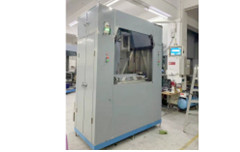
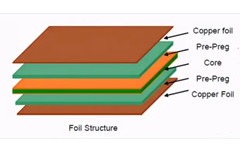
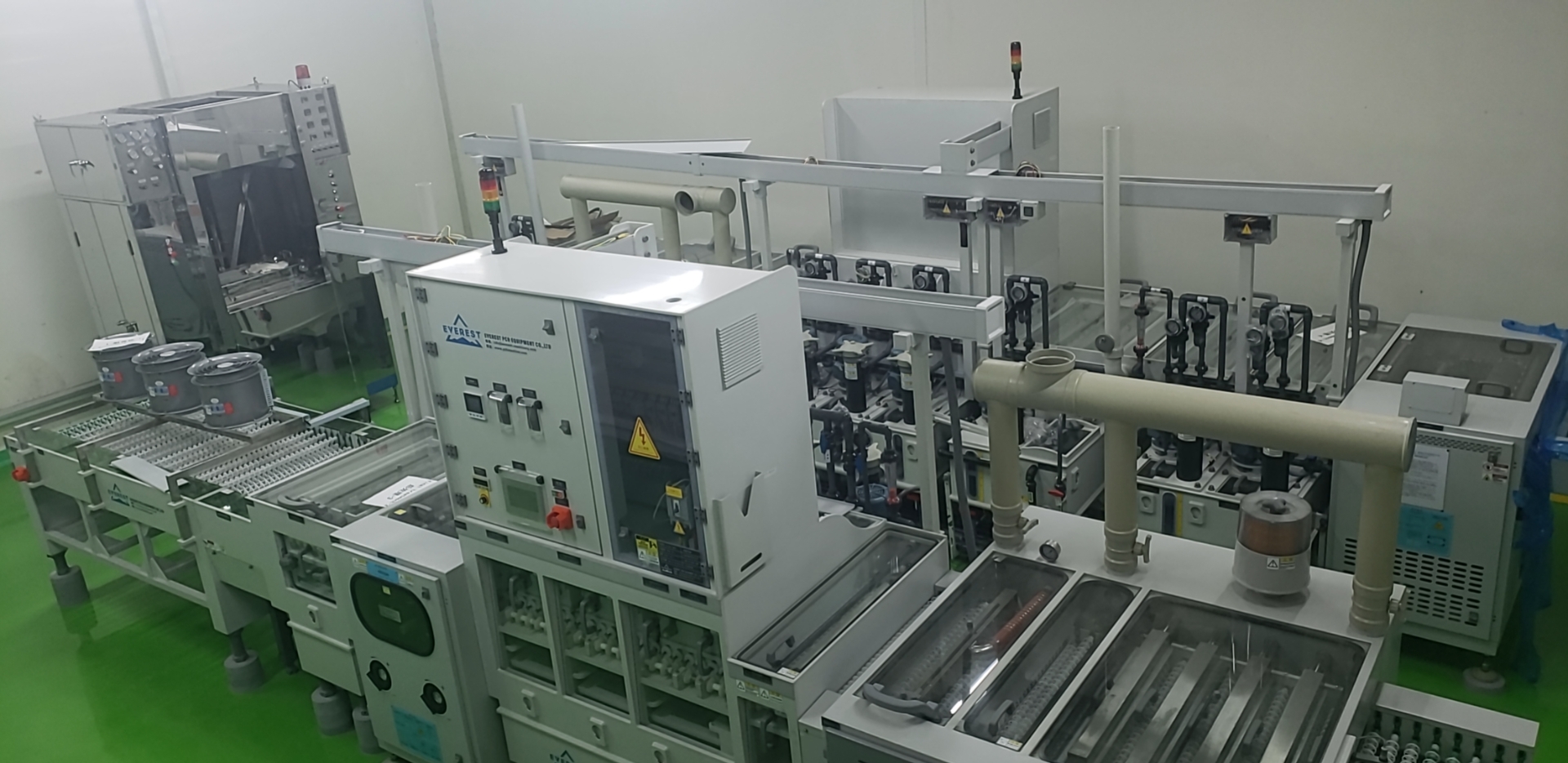
 Nov. 01, 2021
Nov. 01, 2021 